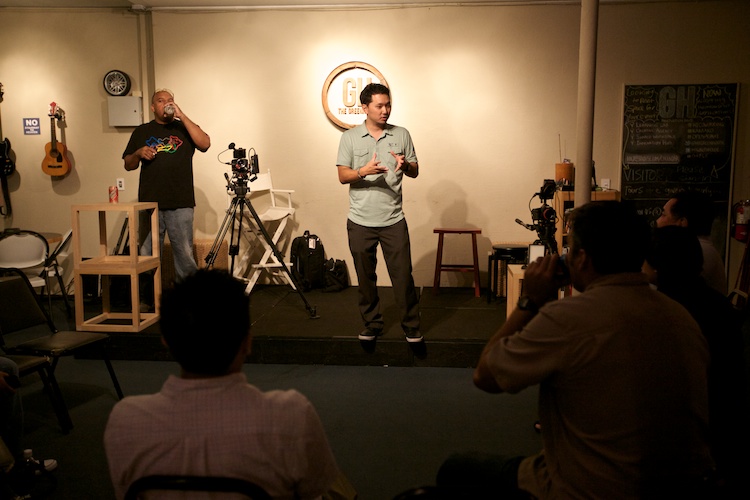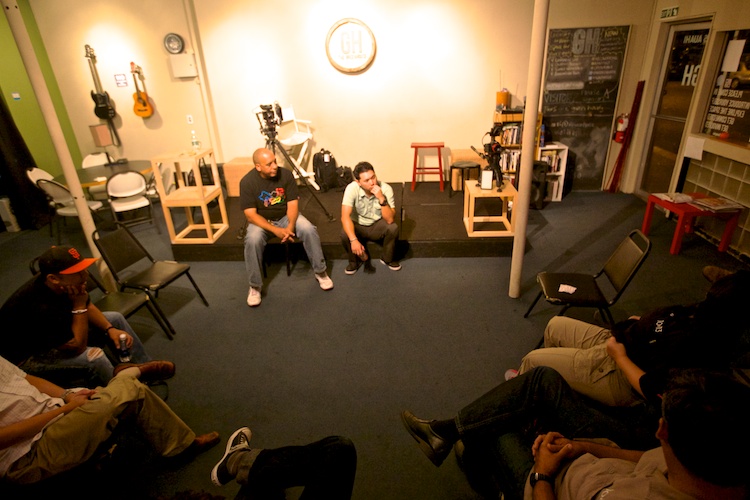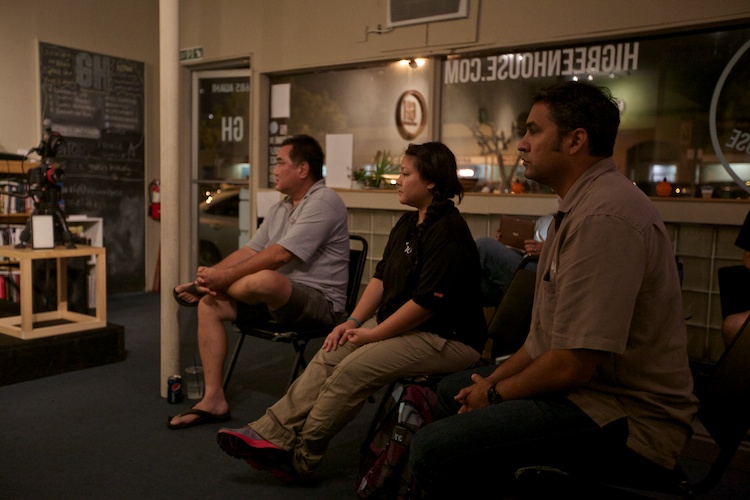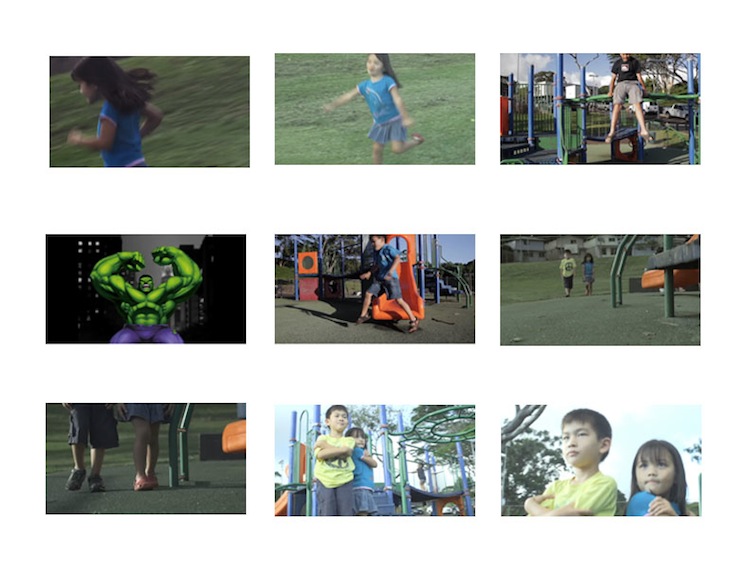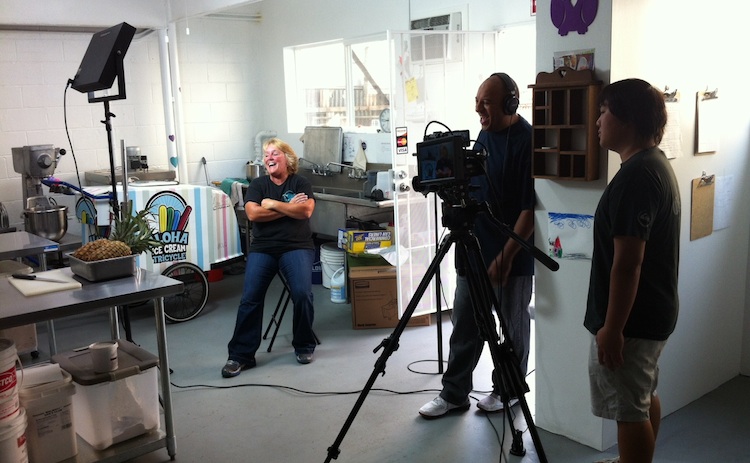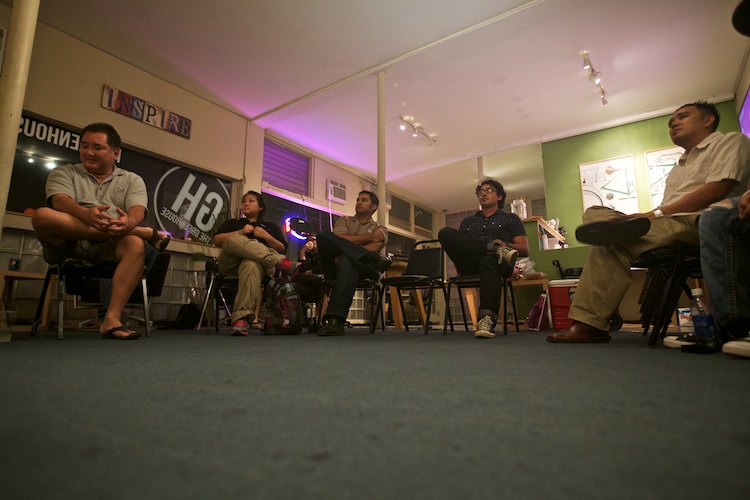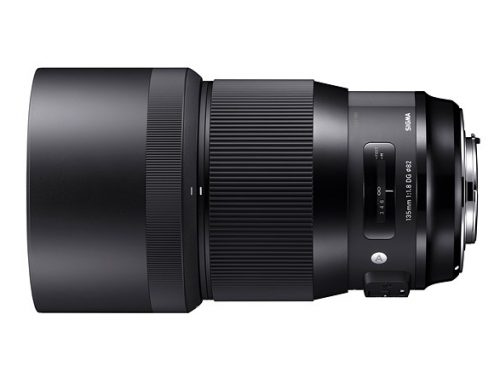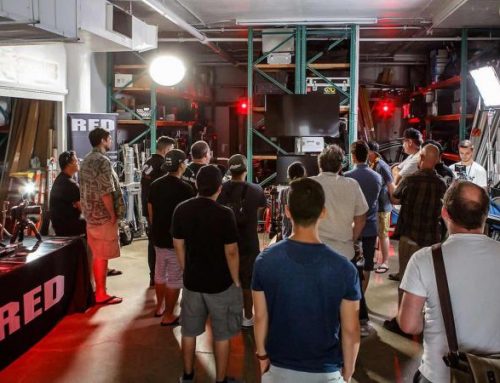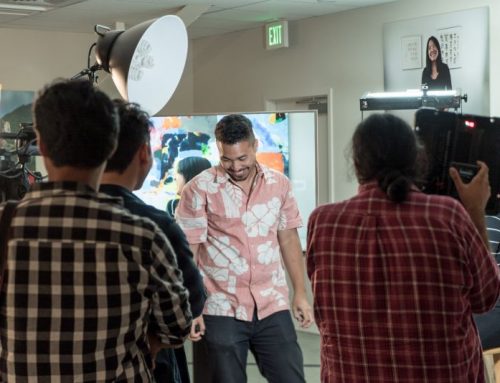During our recent HDSLR Hangout over at The Greenhouse Innovation Hub in Kaka’ako Hawaii, a couple friends from 1013 Intergrated stopped by to join the conversation. This event was meant to be a casual meet & greet / talk-story type event, but it quickly turned into a lively discussion. We dialogued about some general procedures that are common practice amongst industry professionals, but may be new to those just starting out. There were a lot of great points made throughout the night, but 5 things stood out as absolute essentials for shooting professionally in Hawaii.
Tip One: GET BUSINESS INSURANCE
Cameras, lenses, tripods, bags, media cards and other miscellaneous items are a huge part of startup costs, so why would you leave them uninsured? If you’re on a shoot and a client or an assistant knocks over your camera, would you expect them to pay for it? What if they can’t? How would you pay for your lost time and replacement equipment? As a small video startup, business insurance is as important to your company as auto insurance is for your car. A $1,000,000 policy is the minimum amount of coverage you should get which can be purchased for about $700/year from First Insurance of Hawaii, Island Insurance or DTRIC. At first glance it may seem like a big expense, but if you ever need to make a claim, you’ll be glad to have it. It is a foundational cost of doing business as a production company because without it, you cannot get a film permit.
Tip Two: GET FILM PERMITS FOR YOUR SHOOTS
In order to shoot on public property in Hawaii, you are required to attain a film permit from the Hawaii State Film Office. At first, it may seem like an unnecessary hoop to jump through for a small shoot, but it is a necessary process to establish in your work flow. Because large beaches and parks like Waikiki and Magic Island are highly congested, it can be difficult to steal shots there without getting noticed. We recently shot a commercial for Pearlridge where kids and parents were on and around the jungle gym area during our scheduled shoot. Once we showed them the permit and told them why we were there, they allowed us to freely use the area. Shooting according to state and city regulations is important for any professional still or video photographer. State permits are typically free and can save you thousands of dollars in reshoot costs.
These are the two form you’ll need to fill out and fax to the Hawaii Film Office to obtain your permits: GENERAL & SPECIFIC
Tip Three: PREPARE A STORYBOARD OR SHOT LIST
There are so many things to think about and prepare for before your actual shoot day (camera choice, power options, film permits, talent, stylist, etc) that it’s easy to overlook the importance of a solid storyboard. When preparing for a TV commercial shoot, I regularly go through a couple rounds of previz (short for pre-visualization) before my actual shoot. I take my camera out to the location with a zoom lens (my favorite is the Canon 24-105L IS) and shoot the entire commercial noting focal lengths for each shot. I then cut together a rough edit of the commercial to make sure the story makes sense. I share the previz edit with my client so they can approve the direction we’re heading and so they know what shots to expect with from the footage. This step is even more crucial when involving large amounts of visual effects. Always remember that your shoot day is not the day to figure out which shots will or won’t work, you need be confident that the shots you’ve preselected WILL work for the story you are telling. Once you have a story that flows, you can take still frames from your rough edit and build your visual outline, mapping out your shoot day and ensuring you never forget a shot.
In documentary and event work, you often don’t have the same level of control in pre-production as on a TV commercial or narrative film shoot, so having a well thought out shot list can be even more critical. Most times, documentary and event film making capture moments that only happen once, so you need to make sure you capture all the details you need to tell effectively the story. Preparing a shot list of NEEDS and WANTS is helpful especially if you have multiple shooters. It is important that you determine who is responsible for capturing each moment so you don’t over or under shoot. Diligent preparation is critical to ensure a smooth and efficient shoot day.
Tip Four: ALWAYS BRING TALENT RELEASE FORMS
Talent release forms are pretty self explanatory but are often overlooked. One of my clients was nearly sued because the production company they used failed to get a talent release from a bystander in the background of their shot. Because the bystander was recognizable and was a SAG member, my client forced to scrap the entire segment he was visible in. Save yourself the headache and always keep release forms handy.
DOWNLOAD a generic Talent Release Form.
Tip Five: WHEN POSSIBLE, DON’T SHOOT SOLO
More times than not, two heads, two bodies and two sets of eyeballs are better than one. When you’re carrying thousands of dollars in equipment, having an extra set of hands to carry gear is always beneficial. Even if you’re going out to shoot a simple time-lapse, it’s nice to have someone to watch your gear if you need to run to the bathroom or walk away for a few minutes to plan the next shot. It’s also great to have a second opinion. Once you start doing work for clients, you need to have an objective perspective of what you’re shooting. Sometimes it’s hard to be fully objective about your own artistry.
If you’re new to video production, don’t be afraid to ask someone with more experience to assist you with a project. Your “assistant” doesn’t need to be someone with less skill or experience than you, they could be a seasoned professional that assists you with camera settings, style and composition. Learning to share responsibilities, burdens and creativity is vital to getting better at your craft.
It was great to hear the opinions of everyone from hobbyists and new comers to long time industry professionals. Hope to see you at our next event in November. Check back soon for the details.


